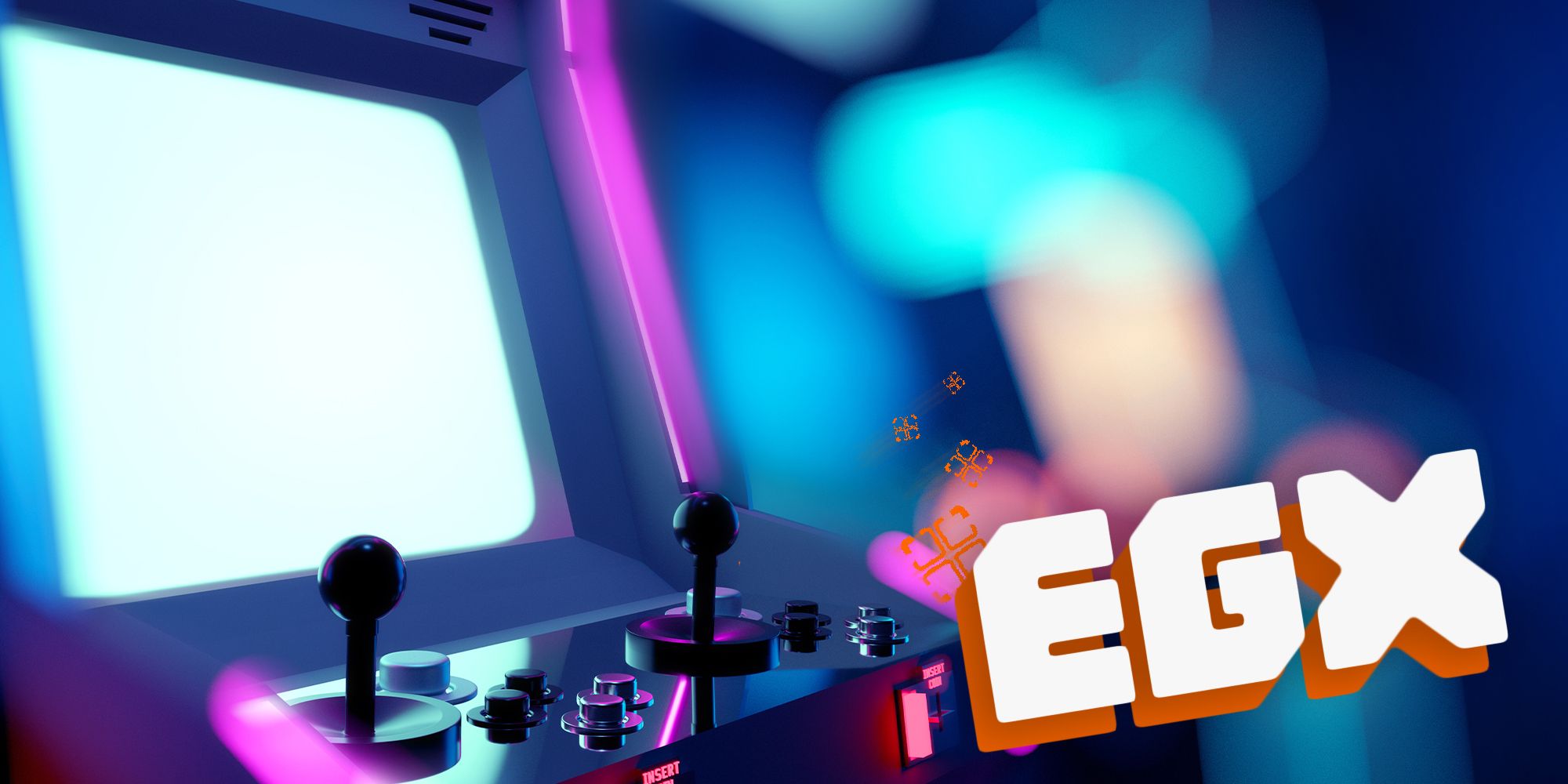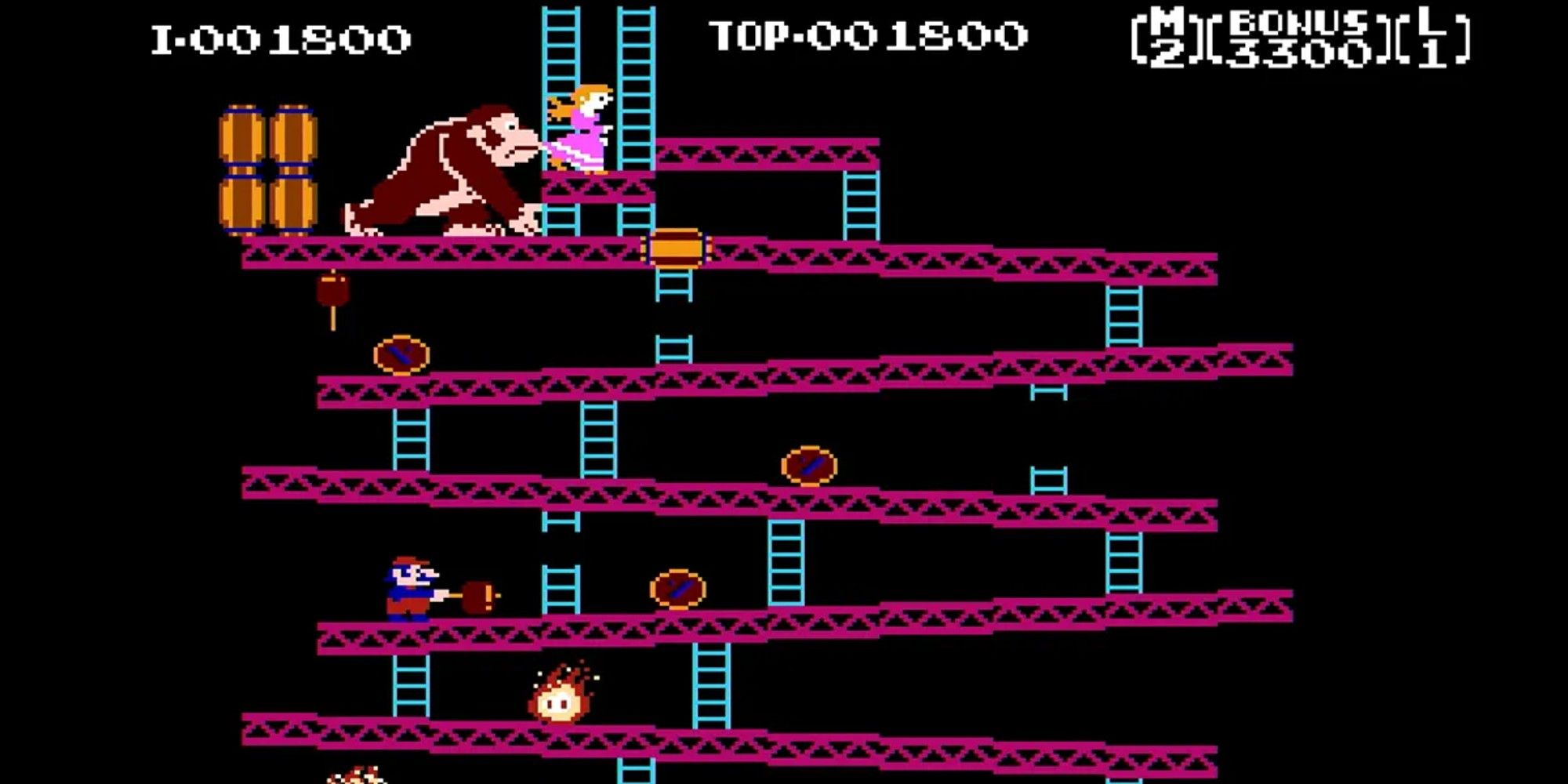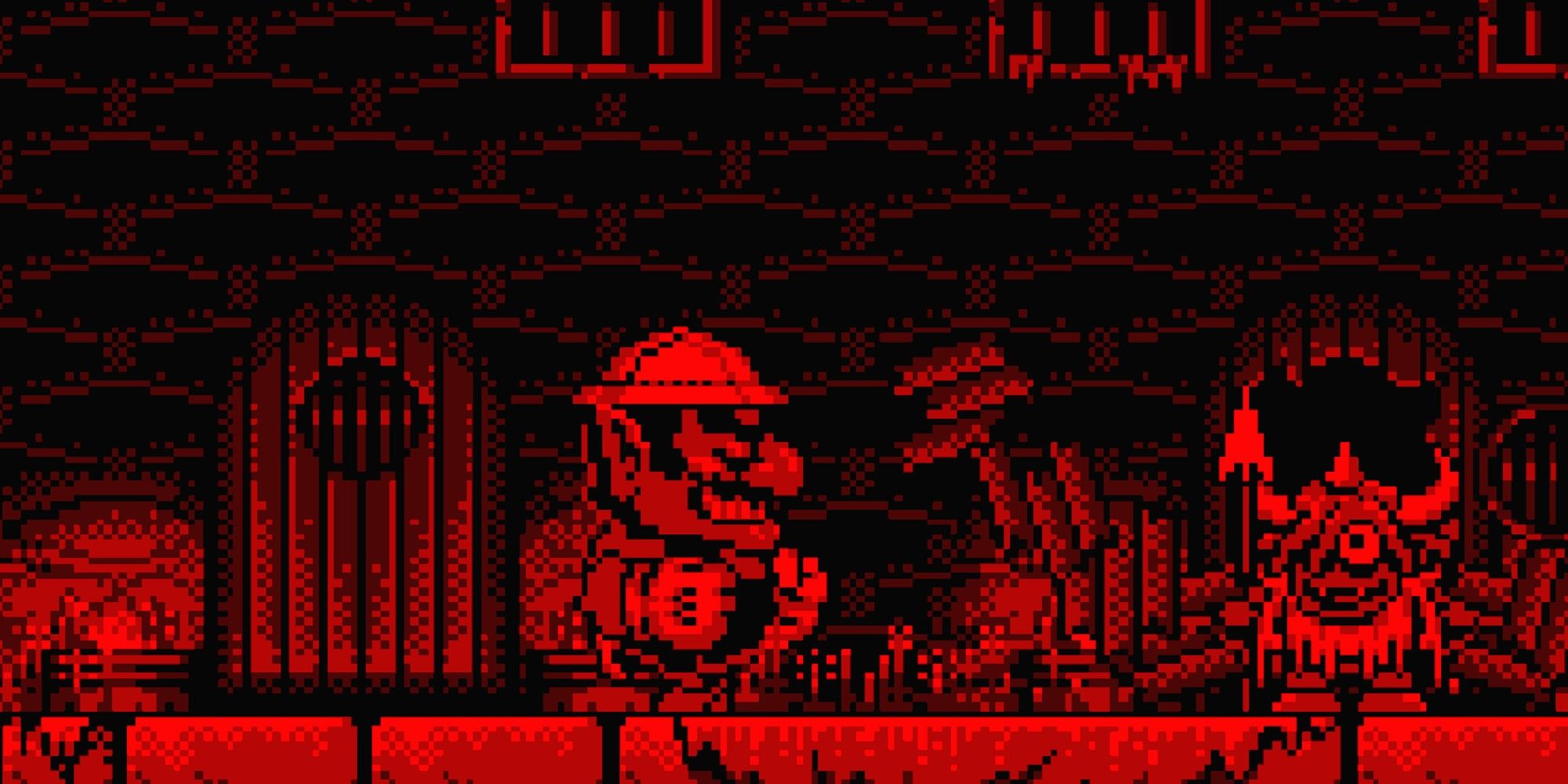This year’s EGX in London had plenty of amazing games to play on the show floor. Planet of Lana was stunning, Goat Simulator 3 was ridiculous, and some people even liked Sonic Frontiers. However, the most fun I had all week was on the quiet Thursday evening when I took a few hours to just wander around the retro area and play anything without a queue.
Every game convention usually has these retro areas, full of classic games, rarities that usually sell for hundreds at auction or weird stuff that is nearly impossible to emulate because of the hardware they require. Sadly though, as a member of the press, you never get to play these. You're there to do a job and so every minute is spent running to appointments, doing write-ups, and when you aren’t there is always that feeling that you should be looking for the next big thing in the indie area or queuing for something you couldn’t book a slot to see.
That’s why this EGX was such a fun experience for me. Many people complained about the lack of big triple-A games at the show, but for me that made it a whole lot more manageable. By the end of Thursday, I had seen most of the games I wanted to; I’d played Street Fighter 6 and Sonic Frontiers and didn’t have much interest in Wo Long: Fallen Dynasty or Modern Warfare 2. On top of that, I tried a bunch of indie games. With the show floor open for three more hours, and plenty of days left to talk to friends, co-workers and peers, I decided to take some time for myself.
I’ve always had a fascination with arcade machines, but growing up in Ireland we don’t have much in the way of arcades – there are some in Dublin City but outside of that your only option was whatever bowling alleys had to the side. This means that for as much as I love the history of video games, I have only played a scant few arcade classics.
The first arcade game I made sure I tried at EGX was the 41-year-old Donkey Kong, could it have been anything else really? People talk a lot about games feeling fresh and new these days, and somehow, despite being almost twice as old as I am, DK feels modern. Its controls are tight, dodging barrels and deciding when to climb ladders is tense, and even if I’m not very good, I found myself trying over and over. I found something similar when I took two steps to the right and tried the follow-up Donkey Kong Jr.. It seems redundant to say, because I have been hearing this for years, but after putting hands on these old games you realise just how deep they are. After only a few minutes with DK Jr. I found myself internalising rules about how far I could fall, how the AI moved, attacked, and more. You always hear about how limited old games were, by both memory and technology restraints, but I haven’t been able to stop thinking about how developers of the 80s were able to program such in-depth rules, mechanics and systems into boards with less memory than most Microsoft Word documents.
I also rediscovered a magic feeling I hadn’t felt in a long time. As a kid my first game was Lego Star Wars for the PS2, and I remember thinking there must have been some witchcraft involved in its creation. My five-year-old brain couldn’t comprehend how a human created these digital things I was seeing, let alone how a computer, like the one I used to play shape-matching games at school, was involved. For the first time in at least a decade and a half, I felt that wonder again, playing Video Pinball. If you have never heard of it before, Video Pinball is basically the first ever augmented reality game way back in 1978 – while it has many of the physical mechanisms of a pinball table, it doesn't have real flippers or a ball, instead, those are mirrored on a screen below the table and projected onto a screen above the table. Yes, it is a pretty simple pinball game at heart, but I swear, the moment I stood on my toes to peer down at the reserved screen where the pixelated white lines and ball were coming from, I felt like a kid again, just wondering, “what sort of magic is this?”
The experience also offered me a chance to try physical oddities that I would never be able to truly experience through emulation. For years I have heard about just how bad Nintendo’s Virtual Boy is, and finally, I got to experience this 30-year-old, pseudo-3D VR headset for myself. And while I can most definitely attest that, yes, projecting a vivid colour palette of shades of red into your eyeballs is a great way to get a headache, I can also now tell you that I think I kind of dig Wario Land for the Virtual Boy. I also got to try Sega games with their hardware custom-made for arcades, that I had only played emulated versions of in Yakuza games until now. Sega Rally felt like I was fighting to stay on gravel roads with its slippery wheel and pedal, Outrun’s convertible cockpit blasted the most ‘80s music in history straight into my brain, and Space Harrier’s futuristic (for the ‘80s) joystick gave me a giddy smile.
This isn’t a criticism of EGX by the way, there were great new and upcoming games at the show. But after all these years of hearing people wax poetic for these classics, I was fully anticipating that I would play them in 2022 and wonder how anyone ever got into video games. However, after spamming the shoot button in 1943 until I could hardly feel my thumb anymore and figuring out just what the hell GORF is, I finally, truly, understand the love for these games, and I love them too.



